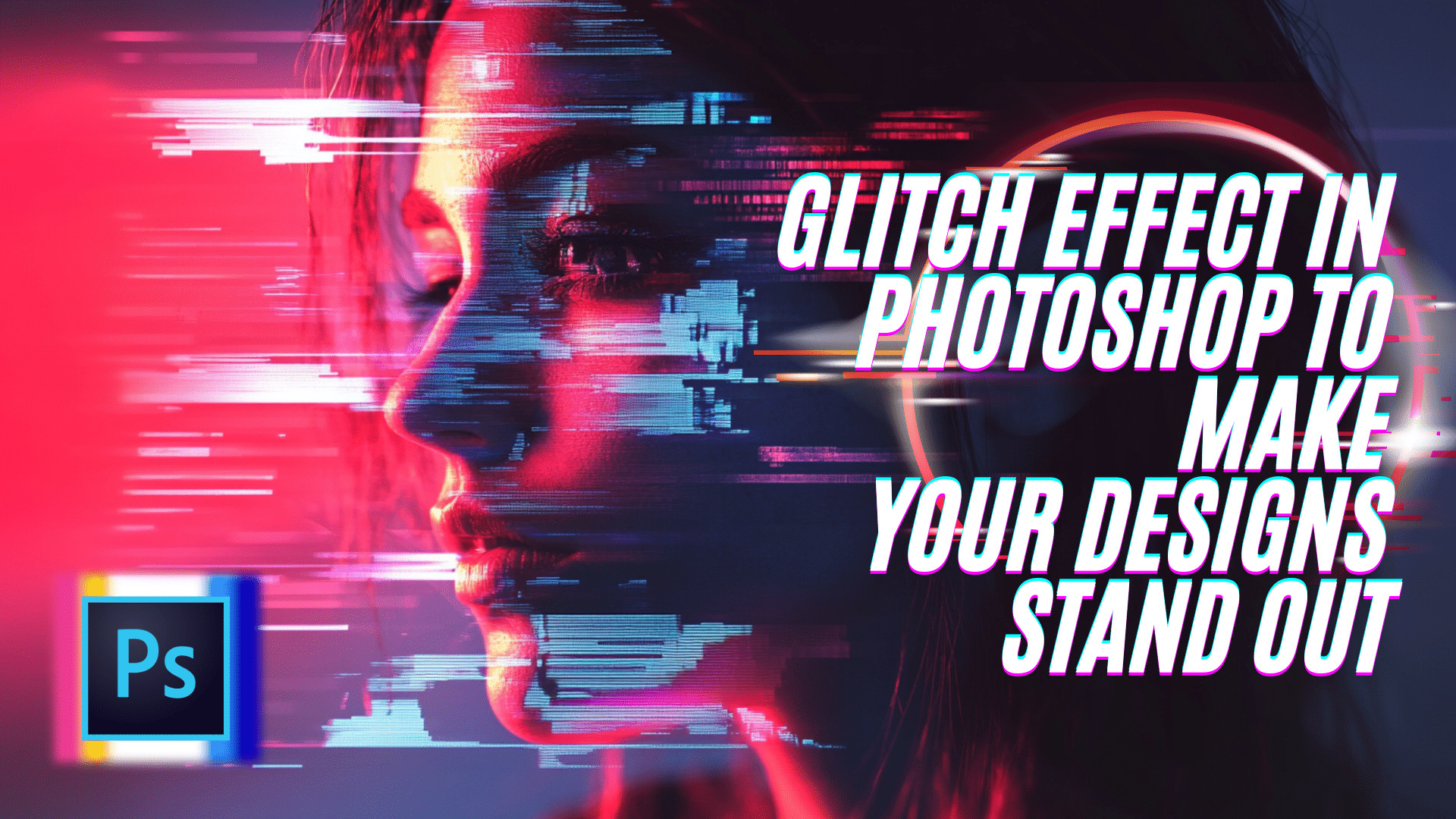| Horizontal Shift Glitch |
Shift parts of the image horizontally. |
Use Move Tool and Marquee Tool. |
| Color Channel Shift |
Move the green channel to create a color shift. |
Use Advanced Blending and Blending Options. |
| Static Noise Glitch |
Add static or noise to the image for a distorted feel. |
Noise Filter and adjust Layer Opacity. |
| Halftone Pattern Glitch |
Add pixelated dots for a retro glitch effect. |
Halftone Filter and adjust the Layer Blending. |
| Vertical Distortion Glitch |
Stretch parts of the image vertically to create a “tear.” |
Use Marquee Tool and Move Tool. |

